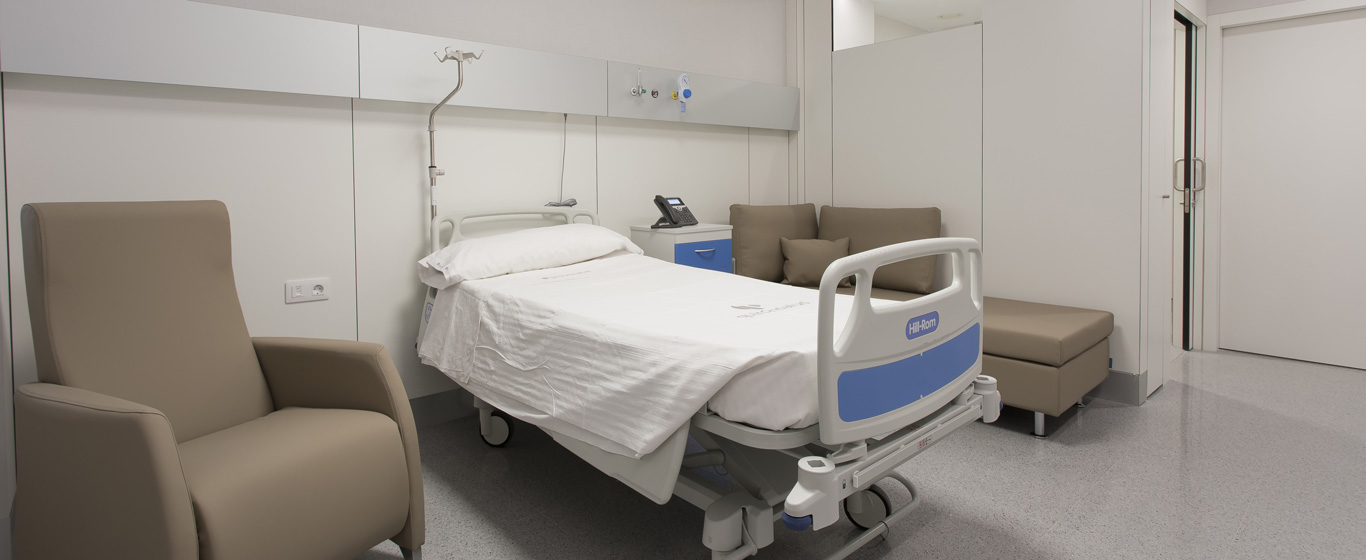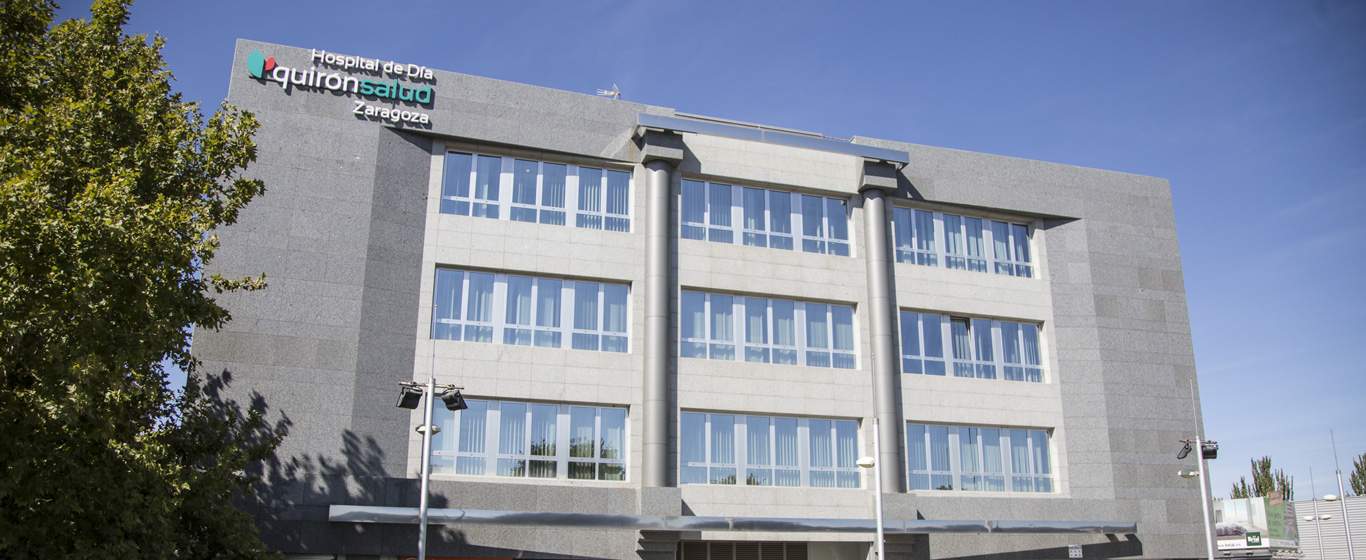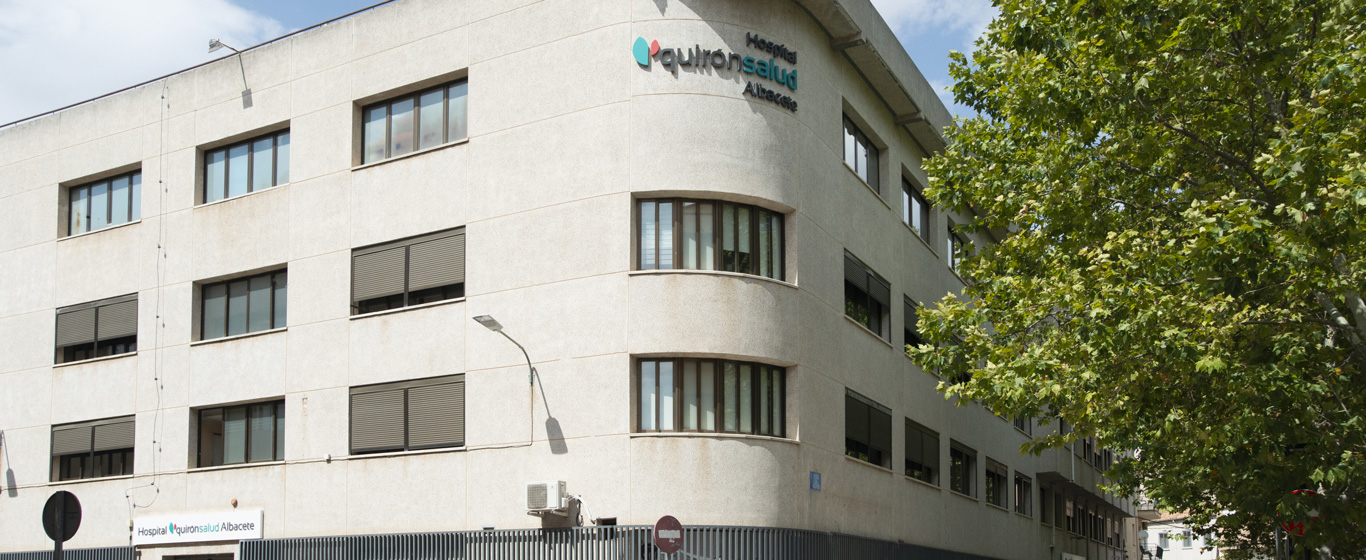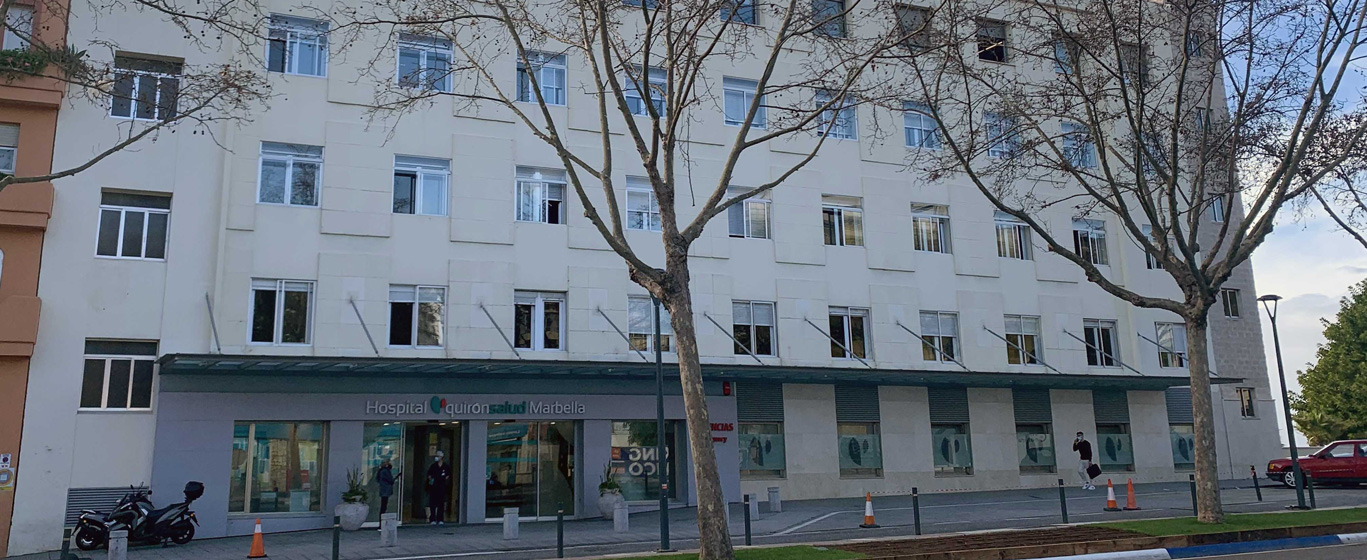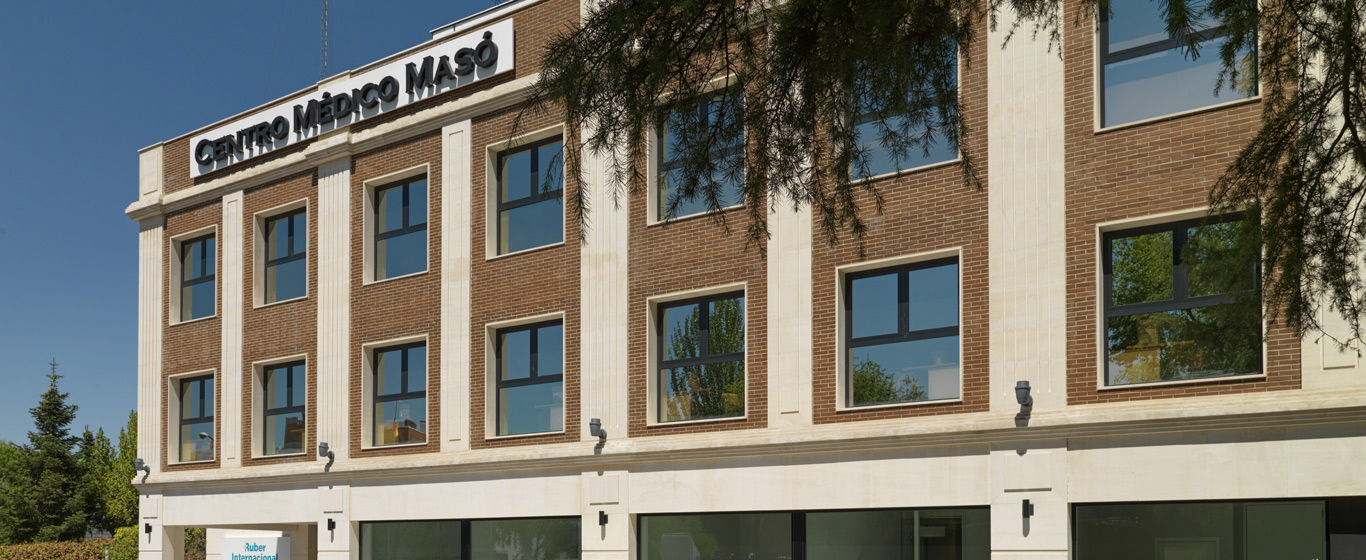Dental Malocclusion
When do we talk about an incorrect bite versus a normal bite? Everything about dental malocclusion: causes, symptoms, and treatments.
Symptoms and Causes
Dental malocclusion is a misalignment of the teeth that results in an improper fit between the upper and lower dental arches, meaning an incorrect bite. In an ideal dentition, the upper arch slightly overlaps the lower arch.
Types of malocclusion, or types of bites, are defined based on the position of the dental arches when biting:
- Sagittal malocclusions: classified according to the relationship between the upper and lower permanent molars.
- Class I malocclusion or normocclusion: The bite is normal, meaning there is no malocclusion, but alignment issues such as crowding or spacing may be present.
- Class II malocclusion: The first upper molar is positioned forward relative to the lower molar, and the upper incisors are often tilted outward (dental protrusion). The usual cause is congenital mandibular retraction (retrognathia).
- Class III malocclusion: The lower jaw is positioned forward relative to the upper arch (prognathism). This results in an edge-to-edge bite or underbite, where the lower incisors sit in front of the upper incisors.
- Vertical malocclusions: classified based on the vertical alignment of the teeth when biting.
- Deep bite or overbite: When closing the mouth, the front teeth of the upper arch cover more than one-third of the lower arch, although there is contact between premolars and molars.
- Open bite: The teeth do not overlap vertically, meaning the upper front teeth do not touch the lower front teeth.
- Transverse malocclusions: these involve alterations in jaw width or dental inclination problems.
- Crossbite: The upper arch is positioned inside the lower arch. This may affect the incisors and canines (anterior crossbite) or the molars and premolars (posterior crossbite). The latter can occur on one or both sides of the mouth.
- Scissor bite: The upper arch is significantly wider than the lower arch, meaning the maxilla completely covers the mandible, preventing contact between the upper and lower teeth. This is rare but causes severe chewing difficulties.
- Dental crowding: There is not enough space in the gum for all the teeth, causing them to overlap.
- Diastema or dental spacing: A gap appears between teeth. This is common between the two upper incisors but can occur between any two teeth.
Dental malocclusion is a very common condition that can cause muscle or facial pain, eating and hygiene issues, and even difficulties in breathing or speech development, making early diagnosis essential.
Symptoms
Due to the variety of malocclusions, symptoms can be diverse. The most common signs of malocclusion include:
- Misaligned teeth: deviated, spaced, overlapping, or protruding.
- Speech problems: some malocclusions can affect pronunciation.
- Abnormal dental wear.
- Presence of cavities or other periodontal conditions due to difficulty in maintaining oral hygiene.
- Difficulty chewing or biting.
- Pain in the facial muscles or jaw. This can also manifest as neck pain, ear pain, or migraines.
- Mouth breathing with the inability to close the lips.
- Frequent cheek biting.
- Bruxism: grinding or clenching teeth while sleeping.
Causes
Malocclusion can be caused by a combination of genetic and acquired factors:
- Congenital or hereditary defects: discrepancies in size between the upper and lower jaw, or between the jaw and teeth; cleft palate, cleft lip, or abnormally shaped teeth.
- Thumb sucking or prolonged use of pacifiers or bottles after the eruption of baby incisors: the suction motion can deform the original position of the teeth. Other prolonged habits, such as nail-biting, tongue-thrusting, or chewing hard objects like pens, can also lead to malocclusion.
- Tooth loss or absence: This can cause adjacent teeth to shift. If baby teeth are lost prematurely, permanent teeth may erupt in the wrong position.
- Mouth breathing: Without the stimulus from nasal breathing, the upper jaw may not develop properly.
Risk Factors
The likelihood of developing malocclusion increases under the following conditions:
- Family history.
- Frequent respiratory infections.
- Harmful habits like thumb sucking, mouth breathing, or tongue-thrusting.
- Conditions or trauma leading to tooth loss.
- Bruxism.
Complications
If left untreated, malocclusion can cause serious problems:
- Impaired oral functions, such as speech, breathing, or chewing.
- Jaw pain, headaches, earaches, neck pain, and back pain.
- Aesthetic issues: Malocclusion can affect facial symmetry, leading to significant self-esteem problems.
- Postural alterations: Chewing muscle issues from an incorrect bite can cause muscular and joint overload throughout the body.
- Periodontal diseases such as cavities, gingivitis, or periodontitis due to poor hygiene caused by difficulty in brushing or flossing properly.
Prevention
Although hereditary or congenital malocclusion cannot be prevented, harmful habits can be managed from childhood:
- Avoid or reduce thumb-sucking and prolonged use of bottles or pacifiers.
- Switch from a soft diet to a solid one as soon as the child is ready to promote proper facial structure development.
- Maintain good oral hygiene to prevent diseases that could lead to tooth loss.
- Use mouthguards in high-risk activities or contact sports to prevent injuries affecting dental alignment.
- If teeth are lost prematurely, use space maintainers before the permanent tooth erupts.
- Schedule regular dental check-ups to detect early signs of malocclusion.
Which doctor treats dental malocclusion?
Malocclusion is treated by specialists in stomatology, dentistry, orthodontics, and, for pediatric cases, pediatric dentistry. If surgery is needed, a maxillofacial surgeon performs the procedure.
Diagnosis
To diagnose malocclusion, specialists will conduct several tests:
- Physical examination: Evaluates dental alignment and the position of the maxilla, mandible, and dental arches, both statically and dynamically (mouth opening and closing, speech, and smiling).
- Dental X-rays: Provide detailed images of dental and bone structures.
- Dental impressions: A mold of the teeth is made in plaster.
Treatment
Bite correction treatments vary based on severity, causes, and patient age:
- Pediatric malocclusion: Easier to correct since bone and dental growth are still developing and can be guided.
- Interceptive orthodontics: Used before permanent teeth fully emerge. These removable or fixed devices stimulate proper maxillary and mandibular growth and correct dental anomalies.
- Adult malocclusion:
- Orthodontics: Devices that apply gradual, controlled pressure to guide teeth into optimal position. Orthodontics can be fixed, like braces, or removable, like clear aligners.
- Tooth extractions: If malocclusion is due to lack of space, extractions may be necessary for proper alignment.
- Orthognathic surgery: In severe cases unresponsive to other treatments, maxillofacial surgery repositions the maxilla, mandible, or both. This is a complex procedure with a long recovery period.















